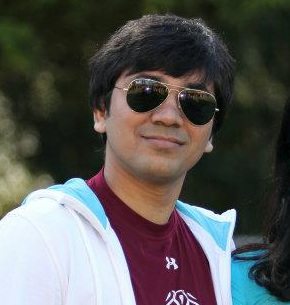
Sentence-Level Evidence Embedding for End-to-End Claim Verification with Hierarchical Attention Networks
Jing Ma, Wei Gao, Shafiq Joty, and Kam-Fai Wong
Claim verification is generally a task of verifying the veracity of a given claim, which is critical to many downstream applications. It is cumbersome and inefficient for human fact-checkers to find consistent evidences, from which solid verdict could be inferred against the claim. In this paper, we propose a novel end-to-end hierarchical attention network focusing on learning to represent coherent evidences as well as their semantic relatedness with the claim. Our model consists of three main components: 1) A coherence-based attention layer embeds coherent evidences considering the claim and sentences from relevant articles; 2) An entailment-based attention layer attends on sentences that can semantically infer the claim on top of the first attention; and 3) An output layer predicts the verdict based on the the embedded evidences. Experimental results on three public benchmark datasets show that our proposed model outperforms a set of state-of-the-art baselines.

Sentence-Level Evidence Embedding for End-to-End Claim Verification with Hierarchical Attention Networks
Jing Ma, Wei Gao, Shafiq Joty, and Kam-Fai Wong. In Proceedings of the 56th Annual Meeting of the Association for Computational Linguistics (ACL'19) , pages 2561–2571, 2019.
PDF Abstract BibTex Slides
Jing Ma, Wei Gao, Shafiq Joty, and Kam-Fai Wong. In Proceedings of the 56th Annual Meeting of the Association for Computational Linguistics (ACL'19) , pages 2561–2571, 2019.
PDF Abstract BibTex Slides